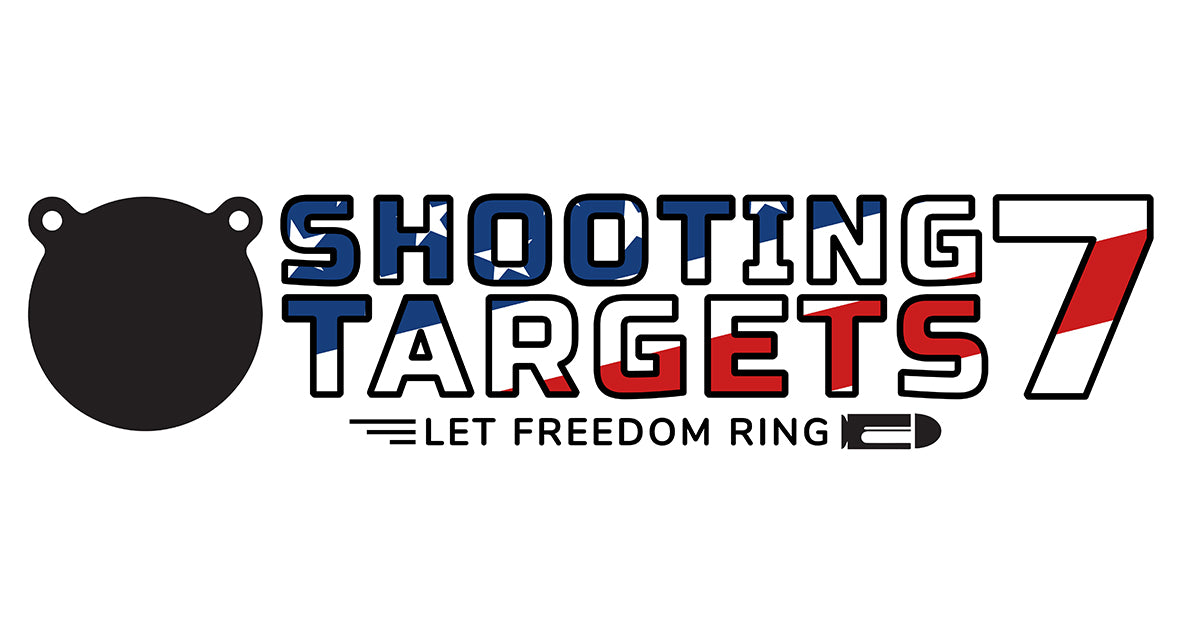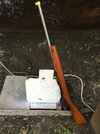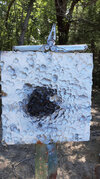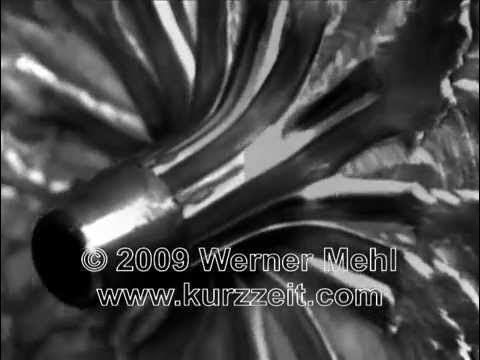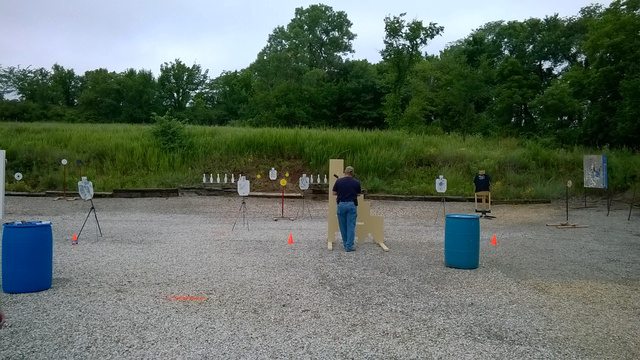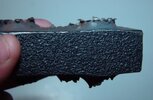docwharden1881
member
I am going to finally bite the bullet so to speak and set up steel. I would like to know the proper distances. I will be using mainly pistol calibers in handguns and a rifle. I may on occasion use a shotgun, either 10 or 12 gauge. With the shotgun I intend to use buckshot as I don't care for birdshot or slugs. Yes I know Google can be helpful but sources don't always agree.


